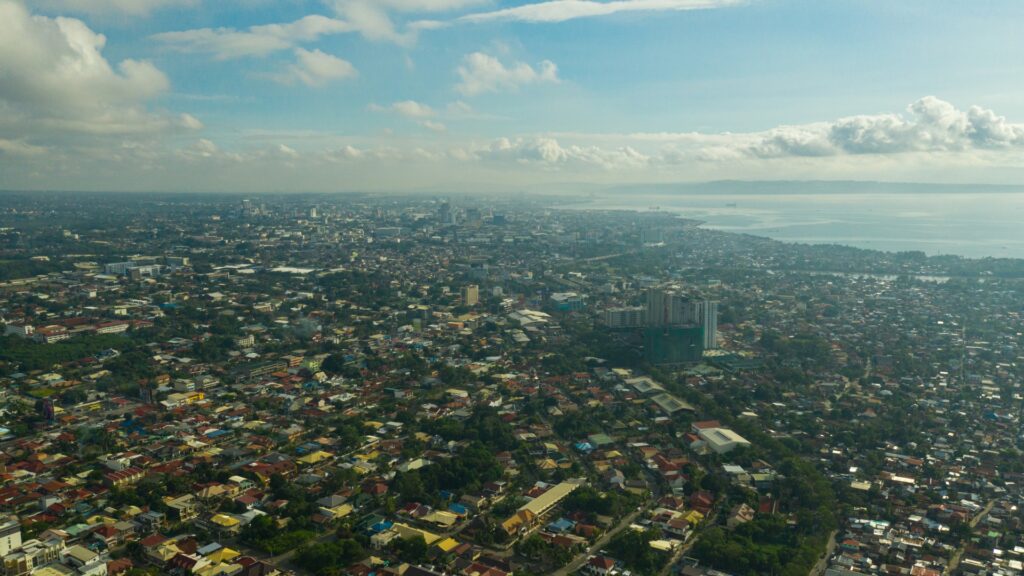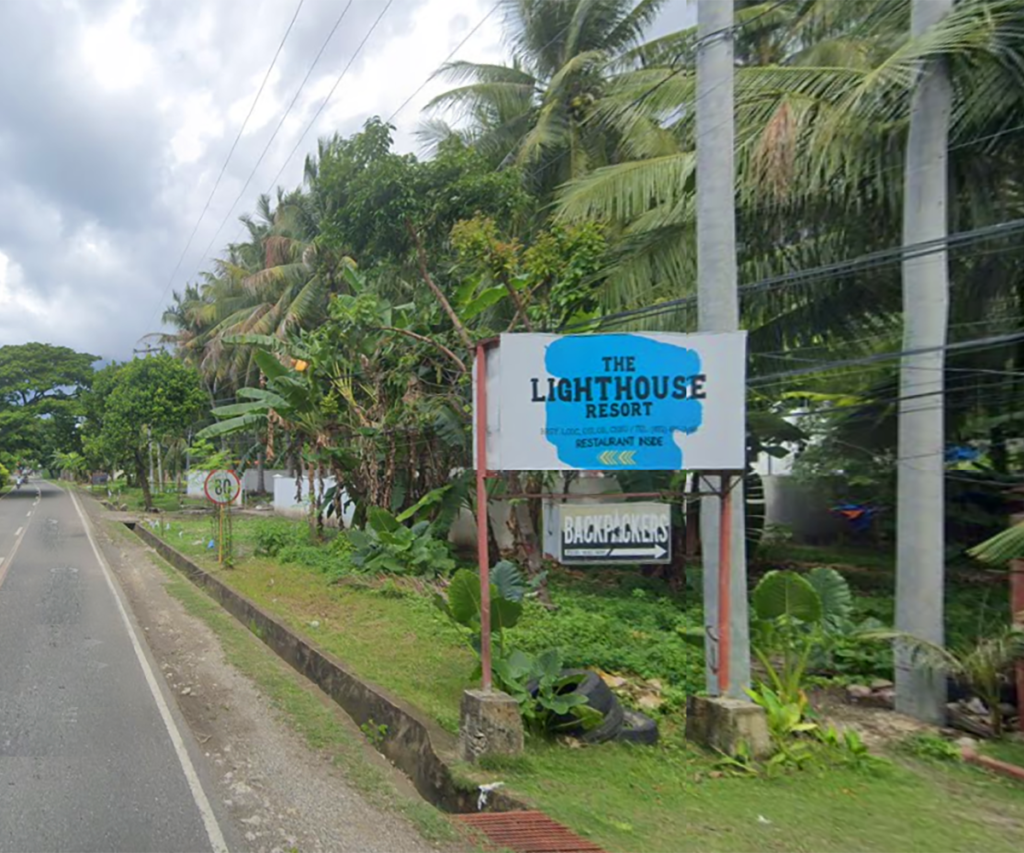
The Philippines is witnessing a notable trend: the rise of urban centers beyond the traditional hubs, reflecting the country’s dynamic economic and social landscape. As the nation progresses, cities across various regions are stepping onto the stage, showcasing their potential and reshaping the country’s urban narrative.
One such example is Cebu City, often hailed as the “Queen City of the South.” With its strategic location in the Visayas region and robust economy, Cebu City has emerged as a thriving metropolis, attracting investments, businesses, and skilled professionals. Boasting modern infrastructure, a vibrant business district, and a rich cultural heritage, Cebu City offers a compelling alternative for those seeking opportunities outside the capital region.
Further north, Davao City stands out as a beacon of progress in Mindanao. Under the leadership of Mayor Rodrigo Duterte (prior to his presidency), Davao City experienced unprecedented growth and development. Today, it is known for its safe and orderly environment, efficient governance, and booming economy. With its strategic location, abundant natural resources, and investment-friendly policies, Davao City continues to draw attention as a prime destination for business and investment in the southern Philippines.
Meanwhile, cities like Iloilo and Bacolod in the Western Visayas region are undergoing rapid transformation, fueled by infrastructure projects, business expansions, and a burgeoning tourism industry. With their charming blend of historical heritage and modern amenities, these cities are emerging as attractive destinations for investors, retirees, and tourists alike.
In the northern part of Luzon, cities such as Baguio, Angeles, and San Fernando are also experiencing growth and development. Baguio, known as the “Summer Capital of the Philippines,” continues to enchant visitors with its cool climate, scenic landscapes, and cultural attractions. Angeles and San Fernando, on the other hand, are thriving urban centers in Central Luzon, driven by industries such as business process outsourcing (BPO), manufacturing, and agriculture.
The rise of these cities underscores the decentralization of economic activity and opportunities across the Philippines. Beyond Metro Manila, these urban centers offer viable alternatives for investment, employment, and quality living, contributing to a more balanced and inclusive development nationwide.
However, challenges such as infrastructure deficiencies, urban congestion, and environmental sustainability need to be addressed to ensure the sustainable growth of these emerging cities. With strategic planning, effective governance, and private sector collaboration, these cities can fulfill their potential as engines of progress and prosperity, enriching the lives of their residents and contributing to the overall development of the Philippines.



